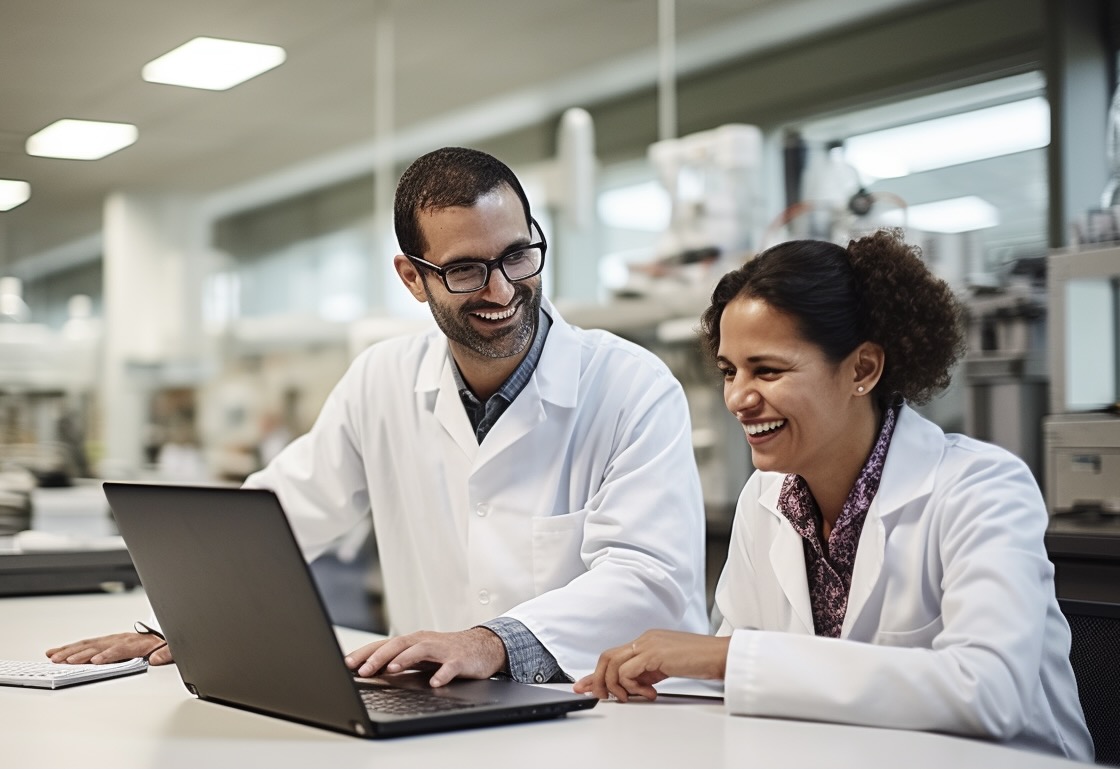
Adeno-associated virus (AAV)-based gene therapies have incredible therapeutic potential as a one-time treatment for genetic diseases. Accordingly, there’s been an increased number of AAV gene therapy developers engaged in research and clinical development for rare genetic disease indications, many of which have no approved treatments.
However, AAV-based gene therapies face a major accessibility gap: The price tag for many commercially available drugs is multiple millions of dollars. The top 10 most expensive drugs of 2023 include 3 AAV-based gene therapies, Zolgensma, Hemgenix, and Luxterna.1 Moreover, the National Bureau of Economic Research predicts that by 2034 over 1 million patients will receive gene therapy treatment costing more than $25 billion, prompting concerns about the sustainability of these expenses to the US healthcare system.2
This issue reduces the potential therapeutic reach of these approved life saving therapies. To drive down costs, numerous challenges must be addressed, ranging from streamlining research and development methods to facilitating patient transportation, lodging, and meals, as highlighted by Jennifer Klarer from Dedham Group in a recent episode of the Cell & Gene Therapy podcast.3
This blog explores the specific challenges and improvement opportunities associated with AAV manufacturing and refining process development.
The Cost Considerations in AAV Process Workflows
Several groups have suggested that improving manufacturing productivity – both yield and quality – can reduce the high price tag for many gene therapies4. Recently, Peter Marks, Director of the Center for Biologics Evaluation and Research at the FDA recently suggested that gene therapies are now facing a fundamental problem that may threaten their future potential stating, “The problem is the setup cost for these small gene therapies is just way too high in proportion to the return on investment—so we have to figure out a way to get over that.”5
Below are the process areas that significantly impact AAV yield.
Cell Line Development and Culture Optimization
Developing robust cell lines and optimizing culture conditions significantly enhance vector yield and quality. Tailoring cell lines to suit specific AAV production needs lead to more efficient production processes. To optimize, AAV gene therapy developers must investigate different culturing techniques, transfection methodologies, and more.
Media and Feed Optimization
Optimizing media and feed strategies can improve cell growth and vector production. High-quality media and feeds tailored to the specific needs of the cell lines used in AAV production can significantly enhance yield. Optimizing media can involve investigating serum-free or defined media, depending on the culturing method and cell type you’re using.
Vector Purification Techniques
Advancements in purification techniques are crucial for removing impurities and ensuring the safety and efficacy of AAV therapies. Innovative purification methods can also contribute to reducing the manufacturing cost by streamlining the process and reducing waste. Optimization of vector purification requires a careful balance between yield and purity.
Analytical Methods for Process Monitoring
Implementing robust analytical methods for process monitoring ensures that the production process remains within the desired parameters, guaranteeing the quality of the AAV vectors. Real-time monitoring and quality control significantly reduce the risk of batch failures.
Compliance with Regulatory Standards
Adhering to regulatory standards is crucial in AAV gene therapy production, ensuring safety, efficacy, and market approval. With evolving guidelines, monitoring compliance and communicating with regulatory bodies is vital. Thorough documentation and validation of processes are essential for regulatory submissions, demonstrating consistency and reliability.
Optimizing AAV Process Development with AI-powered Bioreactor Simulations
The gene therapy field is experiencing rapid technological advancements, promising to streamline AAV production further. Adopting these innovations enhances production efficiency, cost-effectiveness, and scalability. One such technology developed at Form Bio, FORMsightAI, accelerates AAV gene therapy development from preclinical stages to IND submission.
Utilizing our innovative technology enables process developers to quickly simulate the impact of changing various parameters and assess bioreactor runs to ensure quality and identify unknowns. Upon receiving sequencing data we generate fully customized AAV characterization reports within 48 hours.
These reports serve as crucial artifacts in regulatory filings, providing precise details of your drug product's composition and behavior under various conditions. By leveraging FORMsightAI, gene therapy developers streamline their development process and navigate regulatory requirements more effectively, ultimately advancing the field and bringing therapies to patients efficiently.
Want to get a sneak peak of our AAV characterization reports?
Schedule Your Discovery Call TodayReferences
- Most expensive drugs in the US in 2023. Special Report: FiercePharma. Published May 22, 2023. Accessed Feb 9, 2024.
- Estimating the Financial Impact of Gene Therapy in the US. National Bureau of Economic Research. Published April 2021. Accessed Feb 9, 2024.
- Pricing, Value, And Access of CGTs With The Dedham Group's Jennifer Klarer, M.Sc.Eng. Cell & Gene podcast. Accessed Feb 9, 2024.
- Curiel DT et al., Synthetic Biology Design as a Paradigm Shift toward Manufacturing Affordable Adeno-Associated Virus Gene Therapies. ACS Synth Biol, Jan 20;12(1):17-26. 2023.
- Slabodkin, G. Gene Therapy Approvals Expected to Ramp Up in 2024 Amid Manufacturing, Cost Challenges. Published Jan 9, 2024. Accessed Feb 9, 2024.








